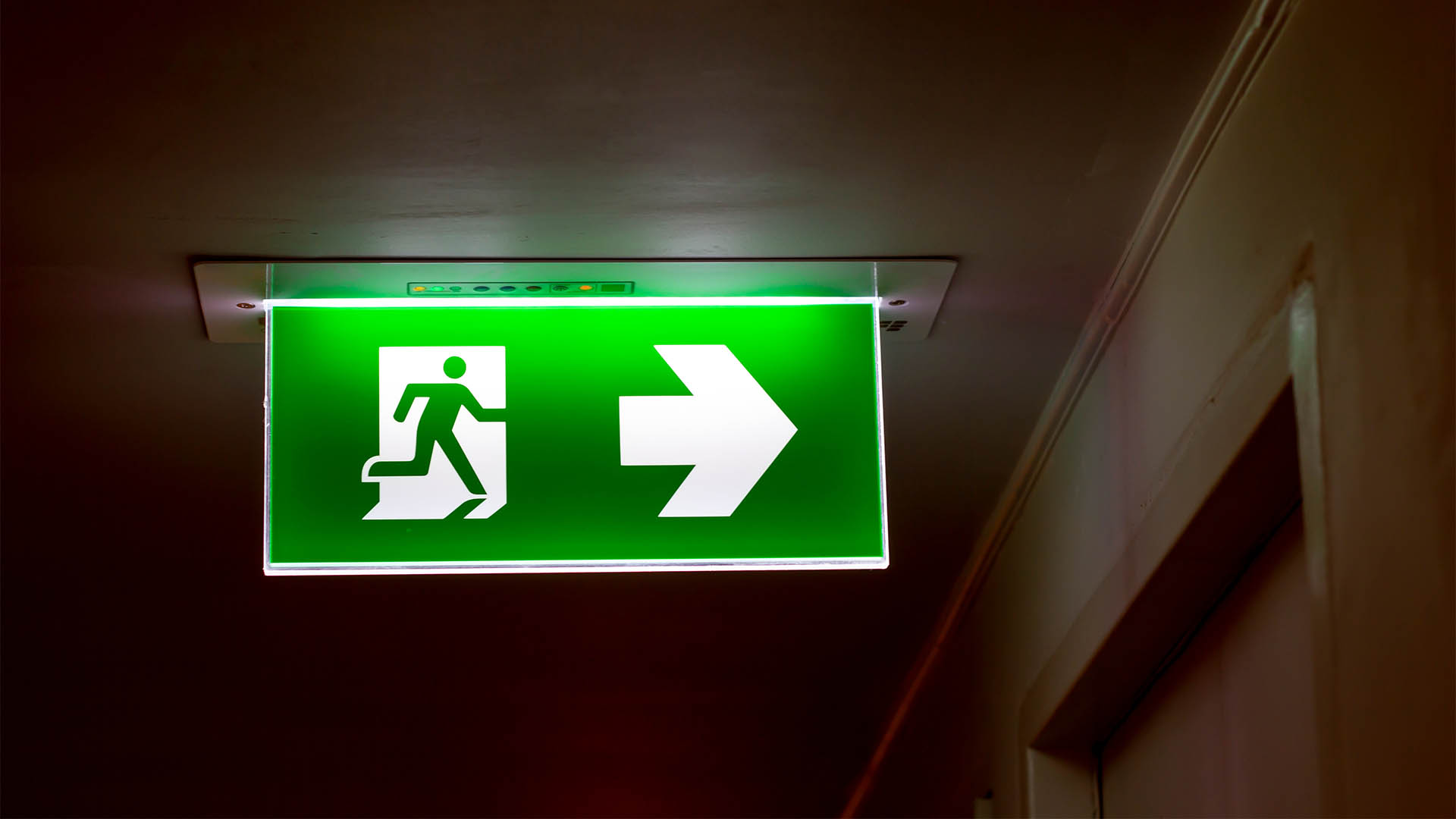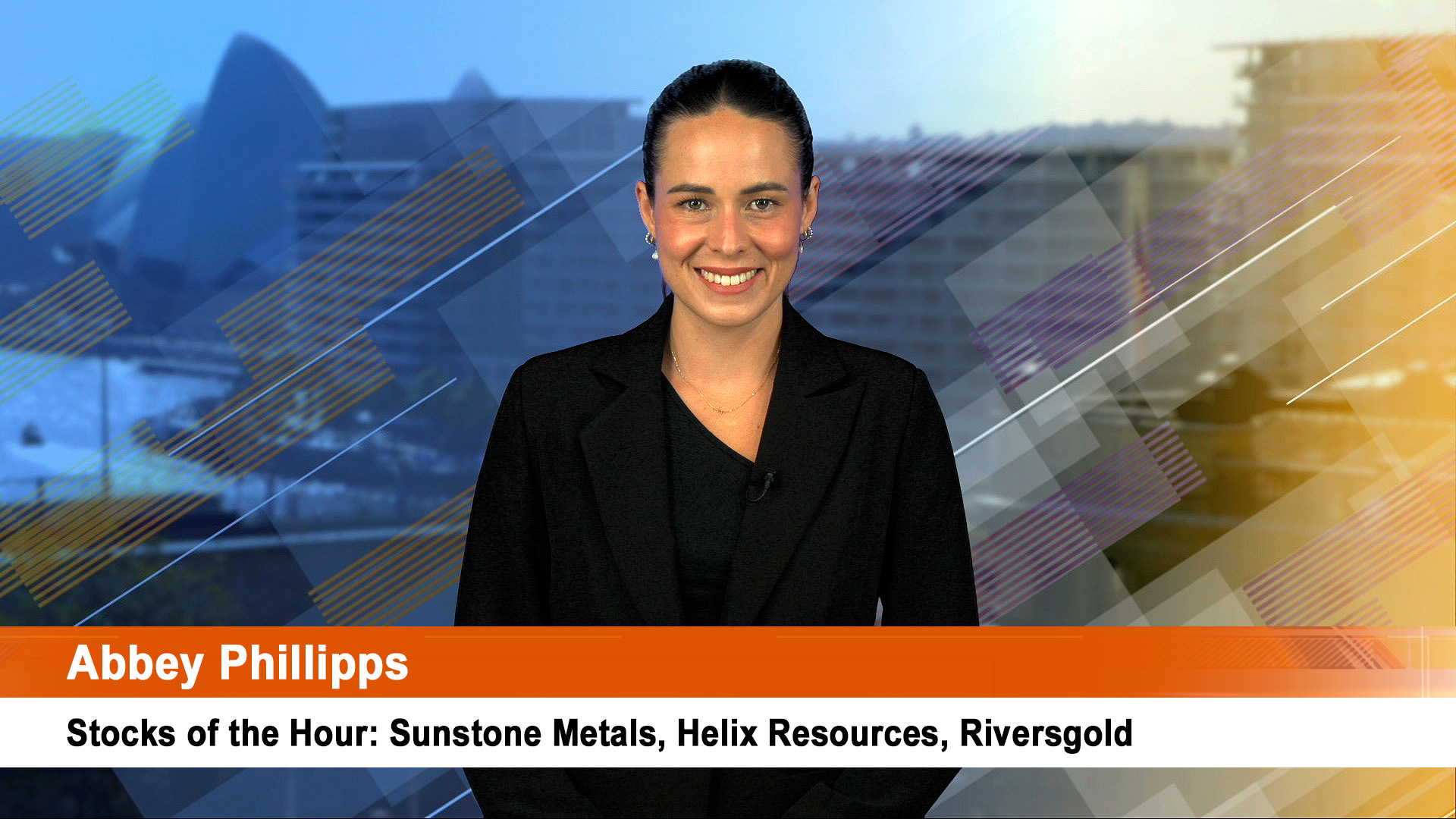It is somehow appropriate that as we approach the end of 2007 that two of the more egregious takeover attempts of the year should be once again exposed for the rorts they were.
Qantas and travel group, Flight Centre both revealed that their first half profits are going to be better than expected.
Qantas is now looking at a $400 million boost in pre-tax earnings, or at least 40%. Flight Centre is looking at a 60%-70% boost in its first half pre-tax result.
Both are quite stunning announcements, but given both managements wanted to privatise the two companies and expended a fair bit of goodwill in their failures, it's no wonder. They knew the real story and were slow in sharing it with other shareholders.
Qantas shares leapt past $6 to peak at $6.06, before settling back at $5.90, up 15c. The upgrade in earnings was from a 30% to 40% lift in pre tax profit. Flight Centre shares rose $1.09 to $31, setting a new record level for a company whose management wanted shareholders to take the $17.20 on offer.
Qantas was bid for by a management and private equity group put together by Macquarie Bank, with US and Canadian investors. It originally bid $5.60 but that was discounted by the boosted final dividend of 15c a share to $5.45.
The bid failed in early May when a New York hedge fund stupidly failed to accept for the right number of shares and tripped itself up by being too greedy.
By then a growing number of shareholders had rejected the offer and were prepared to remain as co-investors in Qantas, despite the threats from Airline Partners Australia, the bidding company, to strip the airline of surplus capital and to gear up.
Opposition from two institutional fund managers, the then head of UBS' Funds management business, Paul Fiani, and Balanced Equity Andrew Sissions paved the way for the rising opposition to the bid and its eventual collapse.
Qantas shares rose, especially after the company revealed plans for restructuring, share buyback (now underway) and possible float of a couple of businesses, such as the frequent flyer program and the transport business.
The shares started easing last month on the back of the growing turmoil in markets and the sharp rise to over $US a barrel for oil. They started trading around $5.70 a touch lower.
But yesterday Qantas released a surprise statement on its profit outlook, and then followed it up with traffic figures for October and the first four months of the financial year revealing that the strong recovery in business evident a year ago, and throughout 2007, had continued in the new year.
The earnings statement said:
"The Chief Executive Officer of Qantas, Geoff Dixon, today said the Qantas Group's profit before tax for 2007/08 was now expected to be around 40% higher than last year.
"Mr Dixon said Qantas in August had predicted that its profit for the current financial year would be around 30% higher than the previous year's result of $1,032 million." Since then Qantas' operating businesses have continued to perform strongly, with the results for the first five months of 2007/08 above forecast and the forward booking profile also remaining robust," Mr "Dixon said.
"This outlook remains subject to no significant deterioration in operating conditions including fuel prices and currency exchange rates."
And a short while later Qantas said that "October Group (comprising Qantas Domestic, QantasLink, Jetstar and Qantas International) passenger numbers increased by 7.4% per cent over the previous year. RPKs increased by 7.1%, while ASKs were up 4.4%, resulting in a revenue seat factor of 82.7%, which was 2.0 percentage points higher than the previous year.
"Group passenger numbers for the financial year to October 2007 increased by 7.% from the previous year. RPKs increased by 6.7%, while ASKs increased by 3.6%, resulting in a revenue seat factor of 82.1%, which was 2.4 percentage points higher than the previous year."
This means more passengers, more revenue and lower costs for every kilometre flown domestically and internationally and more profits; despite the higher oil prices. And that's part of the reason: those fuel surcharges are still in place, and the higher value of the Aussie dollar is adding more money to the bottom line by cutting the real cost of fuel and the real cost of foreign currency costs.
Qantas is putting more lower cost staff on in New Zealand, Asia and Britain, and then paying them with fewer Australian dollars because the value of the currency has risen.
As well, Jetstar's lower costs, higher profits and revenue as a result and increasing number of routes and passenger numbers are also playing a major part in the improved result.
Meanwhile Flight Centre can thank the dollar and the strong Aussie economy for its rebound, and the boom in business by the likes of Qantas, Jetstar and Virgin Blue for its sharp earnings upgrade.
The company has already alluded to the earnings improvement in recent statements, but yesterday went a lot further.
There were two attempts to take over Flight Centre by the management working with the local private equity group, Pacific Equity Partners (PEP).
The first at $17.20 a share (which valued the company at $1.6 Billion) was defeated at a shareholders meeting by a combination of opposition lead by the Lazards funds management group.
The second was an attempt by the management, with PEP, to move the core business of Flight Centre into a separate structure. The existing shareholders and PEP would have owned that, the company would have got back $1.1 billion. The effective price was above $17.20, but not by much.
At yesterday's close, the value of the company has almost doubled to more than $3 billion: so much for management led buyouts.
The second deal was knocked













